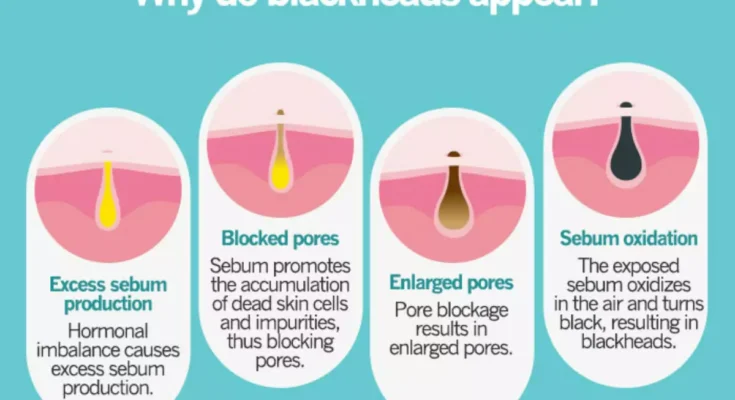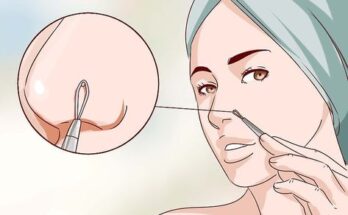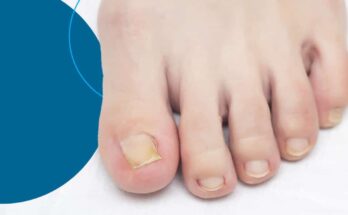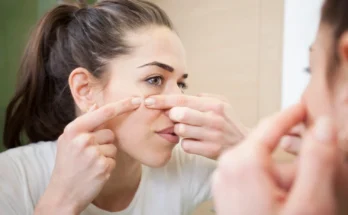Blackheads are one of the most common skincare concerns for people of all ages. These pesky, dark spots often form on the nose, forehead, chin, and other areas of the face, and while they can be tempting to pick, squeeze, or pop, it’s crucial to understand what blackheads are and why popping them might not be the best solution. In this comprehensive article, we will explore blackheads in-depth, examine the impact of popping them, and provide alternative solutions for removing and preventing them in a healthy, effective way.
What Are Blackheads?
Before diving into the question of whether popping blackheads is a good idea, it’s important to understand what they actually are.
The Science of Blackheads:
Blackheads are a type of acne known as “open comedones.” They form when hair follicles, or pores, become clogged with a mixture of dead skin cells, oils (sebum), and other debris. Unlike whiteheads, which remain closed under the skin, blackheads are open at the surface of the skin. The dark color of a blackhead is not caused by dirt but by the oxidation of the sebum when it is exposed to air, which turns it black.
Where Do Blackheads Appear?
Blackheads are most commonly found on the face, especially in areas with a higher concentration of sebaceous (oil) glands, such as the:
- Nose
- Chin (often referred to as the “T-zone”)
- Forehead
- Cheeks
- Back and shoulders (in some cases)
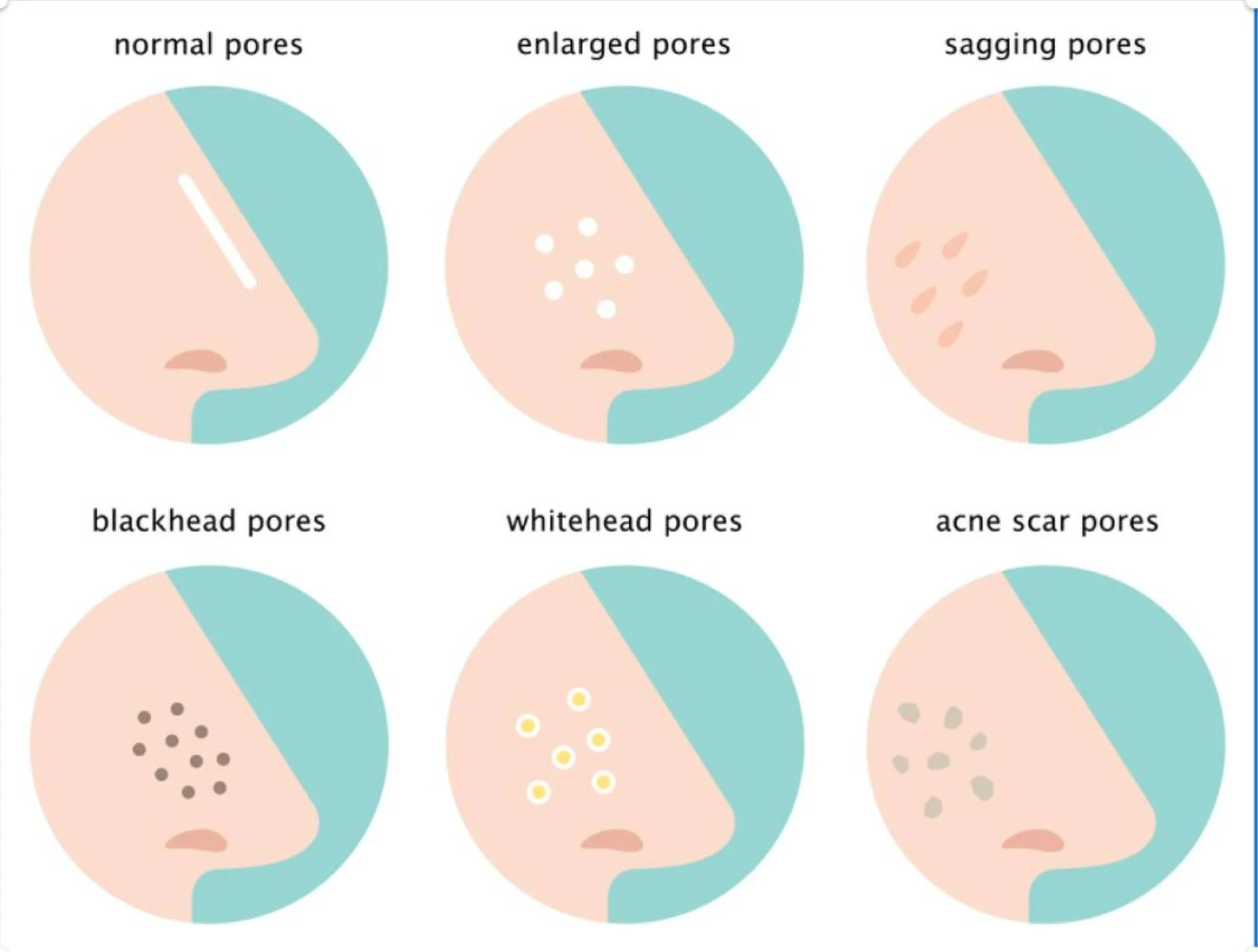
Why Do Blackheads Form?
Several factors contribute to the formation of blackheads. Understanding these factors can help you prevent them from appearing in the first place.
1. Overproduction of Sebum
Sebum is the natural oil produced by the sebaceous glands to lubricate and protect the skin. However, an overproduction of sebum can clog pores and create the perfect environment for blackheads to form.
2. Dead Skin Cells
Dead skin cells on the surface of the skin are constantly shed and renewed. When they aren’t properly exfoliated, they can combine with excess sebum and clog pores, leading to blackheads.
3. Hormonal Changes
Hormonal fluctuations, such as those that occur during puberty, menstruation, pregnancy, or stress, can trigger an increase in sebum production, which in turn can lead to blackheads.
4. Certain Skincare Products
Certain products, such as heavy moisturizers or makeup that clog the pores, can contribute to blackhead formation. Non-comedogenic products are often recommended for those prone to acne and blackheads.
5. Poor Hygiene and Dirty Tools
Not cleansing the skin thoroughly or using dirty makeup brushes and tools can introduce bacteria and dirt into the pores, contributing to the development of blackheads.
Should You Pop Blackheads?
The short answer is no, you should not pop blackheads. While it may seem satisfying or like a quick fix to remove the blackhead, there are several reasons why this is a bad idea.
The Risks of Popping Blackheads:
- Scarring: Popping blackheads, especially with unclean hands or tools, can lead to scarring. The skin around the pore can be damaged, leaving a permanent mark or indentation.
- Infection: When you pop a blackhead, you open the pore to outside contaminants like bacteria, which can lead to infection. This can worsen acne and cause additional breakouts.
- Inflammation and Redness: Popping blackheads causes inflammation, which can make the surrounding area more red and swollen. This inflammation can also contribute to the development of more severe forms of acne, such as cystic acne.
- Spread of Pimple: In some cases, when blackheads are squeezed improperly, the contents of the clogged pore can be pushed deeper into the skin, leading to more severe acne or the spread of the infection.
- Worsening the Problem: Rather than solving the issue, popping blackheads can make them worse over time. It disrupts the skin’s natural healing process, causing additional oil production, which may lead to even more blackheads.
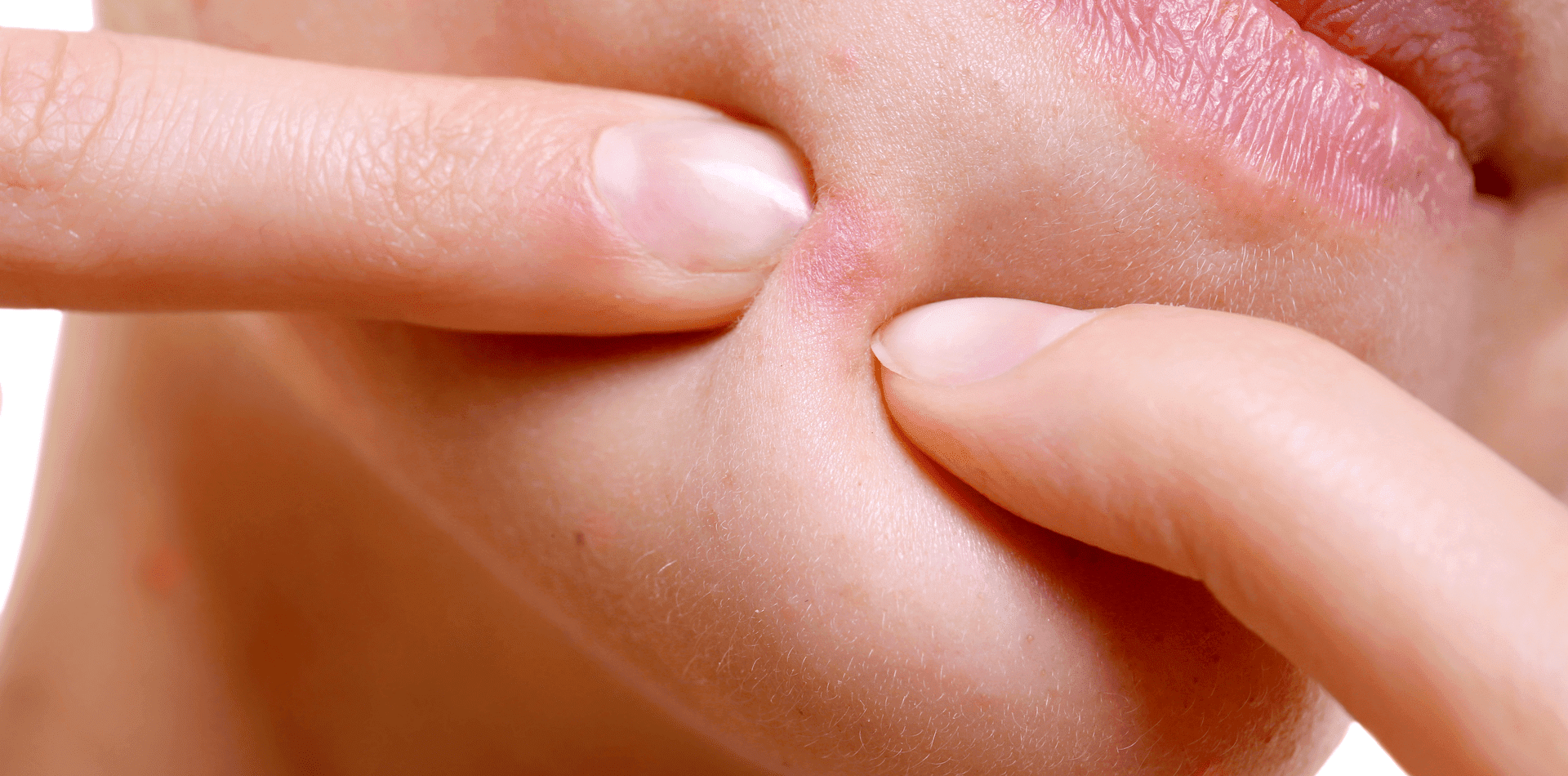
What Are the Safe Ways to Remove Blackheads?
If you’re serious about removing blackheads, there are several methods that are safe and effective. Here are some of the best techniques to remove blackheads without causing damage to your skin.
1. Gentle Exfoliation:
Exfoliating the skin removes dead skin cells and helps prevent pores from becoming clogged. Look for exfoliating products that contain:
- Salicylic Acid: A beta-hydroxy acid (BHA) that helps to penetrate the pores and dissolve the oil and dead skin cells inside. It’s great for blackhead prevention.
- Glycolic Acid: An alpha-hydroxy acid (AHA) that works on the skin’s surface to remove dead skin cells and encourage cell turnover.
2. Clay Masks:
Clay masks, especially those containing bentonite or kaolin, work by drawing excess oil out of the skin and tightening the pores. Regular use can help keep blackheads at bay.
3. Retinoids:
Topical retinoids (like retinol) are effective in unclogging pores and improving skin cell turnover. Retinoids help to break down the build-up of dead skin cells and prevent the formation of blackheads.
4. Steam Treatments:
Steam can help open up your pores, making it easier to remove the gunk trapped inside. After steaming your face, gently cleanse your skin and apply a non-comedogenic moisturizer to keep your skin hydrated.
5. Pore Strips (Occasionally):
Pore strips are designed to pull blackheads out of the pores temporarily. While effective in the short term, they should not be used too frequently, as they can be harsh on the skin.
6. Comedone Extractors:
A comedone extractor is a tool that can be used by a professional to safely remove blackheads. If you decide to use one, be sure to sanitize the tool before and after use to prevent infection.
7. Regular Cleansing:
Using a gentle, non-comedogenic cleanser to wash your face twice daily can help keep your pores free of oil, dirt, and bacteria. Look for cleansers with salicylic acid or benzoyl peroxide for acne-prone skin.
How to Prevent Blackheads from Coming Back
Once you’ve successfully removed your blackheads, the next step is to prevent new ones from forming. Prevention is key to long-term skincare success.
1. Consistent Skincare Routine:
Maintaining a consistent skincare routine with proper cleansing, exfoliating, and moisturizing can significantly reduce the likelihood of blackhead formation. Be sure to use products that are formulated for your skin type.
2. Avoid Touching Your Face:
The oils and bacteria from your hands can contribute to blackhead formation. Avoid touching your face unnecessarily and make sure to wash your hands regularly.
3. Use Non-Comedogenic Products:
Choose skincare and makeup products labeled as “non-comedogenic,” meaning they won’t clog your pores. This will help keep your skin clear and prevent blackheads.
4. Manage Stress:
Since stress can trigger hormonal changes that increase oil production, managing stress through exercise, meditation, or relaxation techniques can help keep your skin clear.
5. Stay Hydrated:
Drinking plenty of water can help keep your skin hydrated and balanced. Dehydrated skin can overproduce oil, leading to blackheads.
When to See a Dermatologist
While over-the-counter treatments are often effective for mild blackhead issues, there are times when professional help is necessary:
- Severe or persistent acne: If your blackheads evolve into more serious acne, it’s best to seek the guidance of a dermatologist.
- Scarring: If you have scarring from previous blackhead removal attempts, a dermatologist can offer treatments like laser therapy, microdermabrasion, or chemical peels to improve your skin’s appearance.
- Sensitive or reactive skin: If you have sensitive skin that reacts negatively to certain products, a dermatologist can recommend tailored solutions.
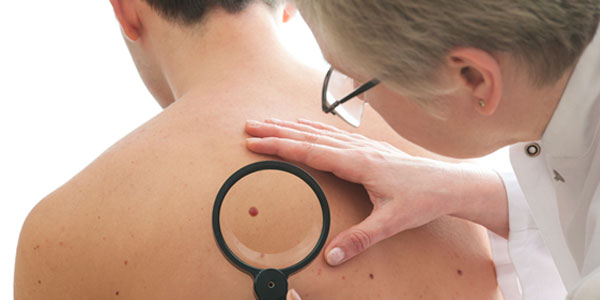
Conclusion:
While it might be tempting to pop blackheads, doing so can cause more harm than good. Instead, focusing on gentle and effective methods like exfoliation, steam treatments, and the use of non-comedogenic products can help you maintain clear, healthy skin. Preventing blackheads is all about understanding your skin, establishing a good skincare routine, and making lifestyle changes where necessary. If you’re struggling with persistent blackheads or acne, consider consulting a dermatologist to get professional advice and treatment.
Remember, beautiful skin takes time, care, and patience!
